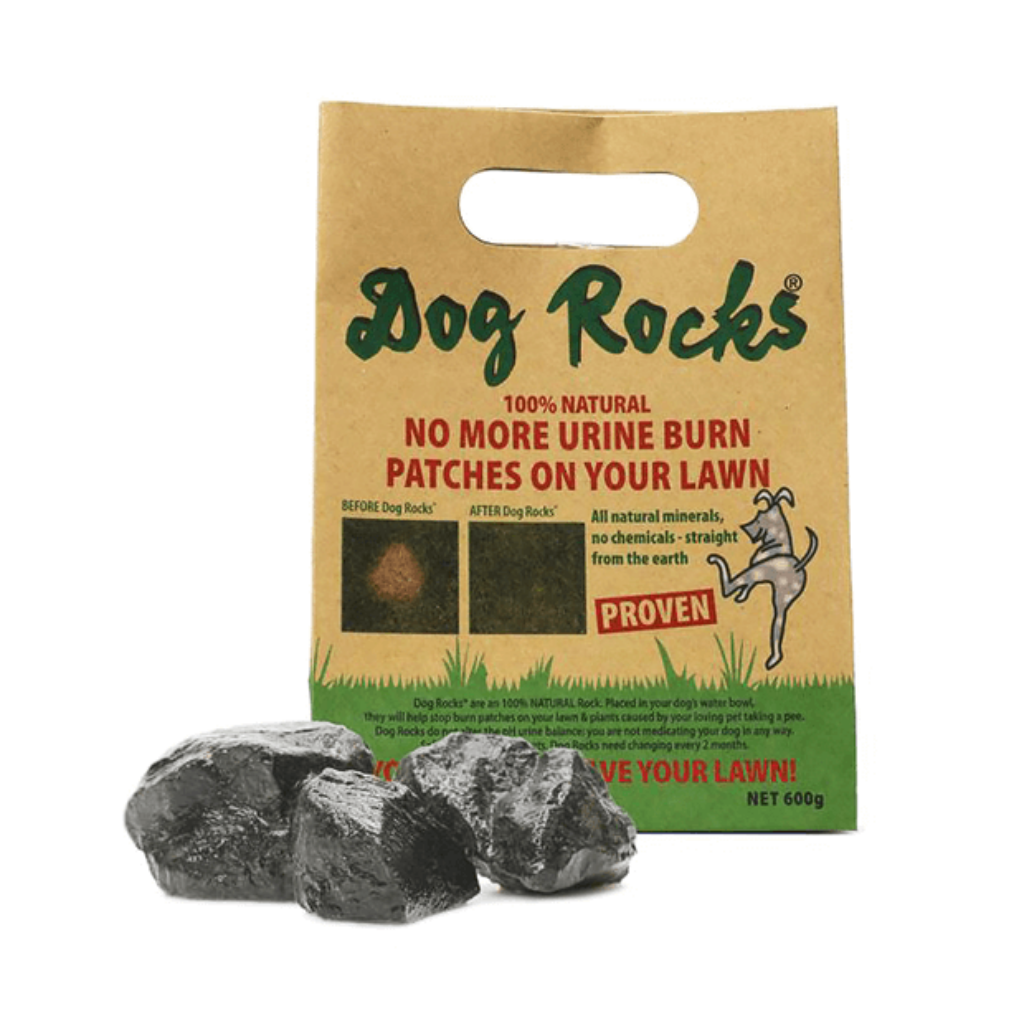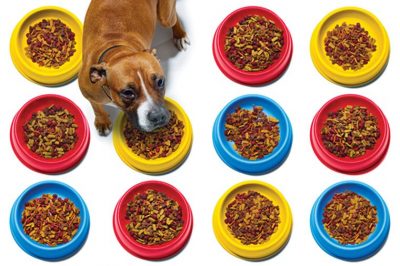Brown patches all over our lawn, often called “urine burn”, are a phenomenon of some dogs and not others.
But why?
It’s common for raw fed dogs to burn the lawn more than kibble fed dogs, but this isn’t necessarily a bad thing other than causing frustration for us. Hydration, age, breed, health, and sex also affect how much a dog will burn the grass, and by sex I mean M or F.
In this article we’ll cover why dog’s burn the lawn and cause brown patches with their urine, and simple ways we can prevent it happening (or at least reduce the impact!)
What causes a dog’s urine to “burn” grass?
Urine burns on the lawn are caused by nitrogen in the urine of your dog. The more nitrogen in the urine, the more it will burn and kill your grass.
Some dogs have a higher concentration of nitrogen in their urine than others, for various reasons:
- Diet – If your dog is fed a high-protein diet, such as those on a high protein kibble or full raw diet, they will likely have a higher concentration of nitrogen in the urine. Protein is broken down into various components, one of which is nitrogen, and this will eventually be excreted in the urine.
- Hydration – If your dog spends more time out in the hot Aussie sun, or doesn’t drink as much as they should, this will lead to an increase in nitrogen in the urine. Encouraging your dog to drink more, and making sure they have fresh clean water at all times will help remedy this.
- Age and size – Puppies and smaller breeds tend to have a higher concentration of nitrogen in the urine simply because they produce less urine, and the waste in the urine tends to be more concentrated.
- Health conditions – Urinary tract infections and kidney problems can affect the composition of your dog’s urine, and this should always be considered.
- Sex – Male dogs can have a higher concentration of nitrogen in the urine, but this doesn’t mean a male dog will cause brown patches more than a female dog. Usually it’s the opposite.
Why does female dog urine kill grass more than a male dog?
The nitrogen concentration in a male dog’s urine tends to be greater than that of a female, but usually we find a female dog’s urine will cause more brown patches.
The simple reason for this is a male dog will often spray, usually cocking their leg all around the garden, whereas a female dog will usually empty her entire bladder in one location.
Because of this reason, it is easier to prevent a female dog burning the grass with her urine than a male dog, simply by training her to use a more appropriate spot as a toilet.
With the above out of the way, let’s take a look at solutions to help prevent urine burns on the lawn.
How to prevent dog urine burns on the lawn
There are various ways we can prevent our dogs burning the lawn with their urine. Thankfully most are easy to do.
It depends on some of the above factors about why your dog may have a higher concentration of urine, and if it’s health related (urine tract or kidney related) then a trip to your vet is the first step of a solution.
Take care of hydration
I’ll cover this first, but I’m guessing your dog already has access to fresh clean water, in a clean water bowl, at all times?
It’s very important for a dog to remain hydrated. In the summer, or hotter Australian climates, dogs are more prone to dehydration, especially if they’re out in the sun more than other dogs.
Keeping your dog cool, investing in a cheap-as-chips clam shell pool for the hotter months, and making sure they don’t have any underlying issues are steps you can take.
Diet can be a factor in hydration. Have you noticed your dog may drink more on one type of dog food compared to another?
Diet
Diet can affect how much your dog drinks, so can affect their hydration. It can also lead to more or less nitrogen in their urine, but that doesn’t mean you should switch your dog from a raw diet to a kibble diet – not at all.
If you feed your dog kibble, they won’t get any moisture from their main food, and this can affect the concentration of their urine.
Raw or BARF patties will inherently offer your dog more moisture from their food, but this can lead to more brown patches on the lawn due to a higher concentration of nitrogen.
Given raw dog food and more meat-based premium dog foods have so many benefits for our dogs, we may want to try one of the below solutions to prevent urine burns on the lawn.
Dog Urine Rocks or “Dog Rocks”
“Dog Rocks” have become a popular option to help reduce urine burns in the lawn.

You can buy Dog Rocks at most retailers these days, and most people claim they work really well – a friend of mine who loves his lawn swears by them.
You simply add a rock to your dog’s water bowl, and they perform some clever stuff drawing out the impurities in the water, including the nitrates which cause urine burns on the lawn.
Dog Rocks are natural and non-invasive, so worth a try.
Training!
Training your dog to urinate in an appropriate place in the garden is a sure fire way to prevent brown patches of grass, so if you can do this – problem solved.
If you have a female dog you’ll find this solution much easier, as females tend to empty their bladder habitually in one place. All you need to do is encourage her to use a better spot.
Some people have had success with spraying citronella over the lawn which discourages dogs, but likely only an option if you have a small lawn.
Persistence is your best bet. Keep encouraging your dog to urinate in appropriate places, and positively enforce the behaviour with a treat or cuddle when they use the right spot.
Never shout at your dog for urinating where they usually go. This can be counterproductive, and likely leave you with a browner lawn than you started with. It’s better to coerce them to an appropriate place.
Water the lawn!
The sooner you water your lawn after your dog has urinated on it the better.
If your lawn is covered in brown patches it may take some time to reverse the damage caused by urine. Investing in irrigation can help keep your lawn healthier over time.
Tackling urine burns on grass may take a few of the above solutions, and you may find some more effective than others.
How have you prevented urine burns on your lawn?






